Outboard Carburetor Troubleshooting Guide: Solving Common Problems
Carburetor issues are among the most common problems outboard motor owners face. From hard starting to rough idle, surging, and stalling, these frustrating symptoms can ruin a day on the water. This comprehensive troubleshooting guide will help you identify, diagnose, and fix the most common outboard carburetor problems, getting you back on the water quickly and with confidence.

Understanding Outboard Carburetor Basics
Before diving into specific problems, it's helpful to understand how an outboard carburetor works:
A carburetor's primary function is to mix air and fuel in the proper ratio for combustion. It does this through several circuits, each designed to handle different operating conditions:
- Idle Circuit: Controls fuel delivery at idle and low speeds
- Main Circuit: Handles fuel delivery during normal operation
- Accelerator Pump: Provides extra fuel during acceleration
- Choke Circuit: Enriches the mixture for cold starting
Problems in any of these circuits can cause specific symptoms that help pinpoint the issue.
Common Symptoms and Their Causes
Problem 1: Hard Starting When Cold
Symptoms: - Engine cranks but doesn't start easily when cold - Requires excessive cranking before firing - May start briefly then die - Often requires multiple attempts
Potential Causes:
- Choke System Issues:
- Stuck or improperly adjusted choke
- Faulty automatic choke mechanism
-
Broken choke linkage
-
Fuel Delivery Problems:
- Clogged idle jets
- Improper float level
-
Stale fuel in carburetor
-
Air Leaks:
- Loose carburetor mounting
- Damaged intake gaskets
- Cracked intake manifold

Problem 2: Hard Starting When Hot
Symptoms: - Engine starts easily when cold but difficult to restart when warm - May require extended cranking when restarting after running - Often accompanied by a strong fuel smell
Potential Causes:
- Fuel Percolation:
- Fuel boiling in float bowl due to heat
- Vapor lock in fuel lines
-
Improper float level (too high)
-
Ignition Issues:
- Weak spark when hot
- Heat-related ignition component failure
-
Incorrect timing advance
-
Mechanical Issues:
- Excessive carbon buildup
- Improper valve adjustment
- Worn cylinder components

Problem 3: Rough Idle
Symptoms: - Engine runs unevenly at idle - RPMs fluctuate without throttle input - May produce black smoke - Engine may shake noticeably
Potential Causes:
- Carburetor Adjustment Issues:
- Improper idle mixture adjustment
- Incorrect idle speed setting
-
Unbalanced multiple carburetors
-
Fuel System Problems:
- Partially clogged idle jets
- Dirty or contaminated fuel
-
Water in fuel
-
Air Leaks:
- Vacuum leaks around intake manifold
- Damaged carburetor gaskets
- Cracked vacuum lines

Problem 4: Surging at Idle or Cruise
Symptoms: - Engine RPM rises and falls cyclically - Occurs without throttle movement - May happen at idle, cruise, or both - Often worse under load
Potential Causes:
- Fuel Delivery Issues:
- Partially clogged jets
- Sticking float needle
- Improper float level
-
Restricted fuel filter or lines
-
Air Problems:
- Intermittent vacuum leaks
- Damaged diaphragms
-
Dirty air filter (if equipped)
-
Mechanical Factors:
- Carbon buildup on valves
- Improper valve adjustment
- Ignition timing fluctuations

Problem 5: Stalling When Throttle Applied
Symptoms: - Engine dies when throttle is advanced - May hesitate then stall - Often happens when transitioning from idle to higher RPM - May be accompanied by black smoke
Potential Causes:
- Accelerator Pump Issues:
- Worn or damaged accelerator pump
- Clogged accelerator pump jet
-
Improper pump adjustment
-
Transition Circuit Problems:
- Clogged transition ports
- Improper float level
-
Main jet restrictions
-
Fuel Delivery Limitations:
- Weak fuel pump
- Restricted fuel filter
- Kinked fuel lines

Problem 6: Poor Performance at High Speed
Symptoms: - Engine lacks power at full throttle - May run rough at high RPM - Unable to reach normal top speed - Excessive fuel consumption
Potential Causes:
- Main Jet Issues:
- Clogged main jets
- Incorrect main jet size
-
Restricted high-speed air bleeds
-
Fuel Supply Problems:
- Inadequate fuel pump volume
- Restricted fuel filter
-
Undersized fuel lines
-
Air Flow Restrictions:
- Dirty flame arrestor
- Restricted air intake
- Damaged venturi

Step-by-Step Diagnostic Procedures
Follow these systematic procedures to diagnose specific carburetor problems:
Diagnosing Hard Starting Issues
- Check Fuel Quality:
- Inspect fuel for water or contamination
- Verify fuel is fresh (less than 30 days old)
-
Ensure proper fuel/oil mix for two-stroke engines
-
Inspect Choke Operation:
- Verify choke plate closes completely when cold
- Check for free movement of choke mechanism
-
Ensure automatic choke (if equipped) is functioning
-
Test Fuel Delivery:
- Remove spark plugs and check for wetness (indicates fuel delivery)
- Verify primer bulb firms up when squeezed
-
Check for fuel in carburetor bowl (if accessible)
-
Perform Spark Test:
- Remove spark plug and connect to plug wire
- Ground plug to engine block
- Crank engine and check for strong blue spark

Diagnosing Rough Idle Problems
- Check for Air Leaks:
- Spray carburetor cleaner around gasket areas while running
- If engine speed changes, you've found a leak
-
Inspect all vacuum lines and connections
-
Verify Idle Adjustment:
- Locate idle mixture screw(s)
- Turn 1/8 turn at a time, noting effect on idle quality
- Find position that provides smoothest idle
-
Adjust idle speed screw to manufacturer's specifications
-
Inspect Idle Circuit:
- Remove idle jet if possible
- Clean with compressed air (never wire)
- Verify all passages are clear
-
Reassemble and test
-
Check Synchronization (multiple carburetors):
- Verify all carburetors are opening equally
- Use vacuum gauge to check balance
- Adjust synchronization screws as needed

Diagnosing Acceleration Problems
- Check Accelerator Pump:
- Remove air filter/silencer
- Look into carburetor throat
- Operate throttle quickly
- Verify visible spray from accelerator pump
-
If no spray, pump requires service
-
Inspect Transition Ports:
- These small holes are often overlooked
- May require partial disassembly to access
- Clean with compressed air
-
Verify they're not enlarged or damaged
-
Test Fuel Pump:
- Disconnect fuel line at carburetor
- Place end in container
- Crank engine and observe fuel flow
-
Should produce steady stream, not just drops
-
Check Float Level:
- Remove float bowl
- Measure float height against specifications
- Adjust if necessary
- Improper float level affects all operating ranges

Quick Fixes for Common Problems
Some issues can be resolved without major disassembly:
For Hard Starting When Cold
- Quick Fix: Manually assist choke
- Remove air silencer
- Cover carburetor throat partially with hand while starting
-
Once started, allow to warm up before full operation
-
Quick Fix: Use starting fluid (with caution)
- Spray small amount into air intake
- Attempt to start immediately
- Use sparingly - excess can cause damage
For Rough Idle
- Quick Fix: Seafoam treatment
- Add Seafoam to fuel tank (follow directions)
- Run engine for 15-20 minutes
-
Often clears minor deposits causing rough idle
-
Quick Fix: Idle mixture adjustment
- Locate idle mixture screw (usually has spring)
- Turn in until lightly seated
- Back out 1.5 turns as starting point
- Fine-tune for smoothest idle

For Surging
- Quick Fix: Check for loose connections
- Inspect all fuel lines and connections
- Tighten any loose fittings
-
Replace any cracked or damaged lines
-
Quick Fix: Clean fuel filter
- Locate and replace inline fuel filter
- Often resolves intermittent fuel delivery issues
- Inexpensive and easy preventive maintenance
For Stalling on Acceleration
- Quick Fix: Adjust idle speed
- Increase idle speed slightly
- Often helps transition from idle to acceleration
-
Return to normal setting once problem is properly fixed
-
Quick Fix: Accelerator pump spray
- Spray carburetor cleaner into throat
- Work throttle mechanism repeatedly
- May free sticky accelerator pump components
When to Perform a Complete Carburetor Rebuild
If quick fixes don't resolve the issue, a complete rebuild may be necessary:
Signs a rebuild is needed: - Multiple symptoms occurring simultaneously - Problems return quickly after adjustment - Visible corrosion or damage to carburetor - Persistent fuel leaks from carburetor - Engine performance deteriorating over time
A rebuild involves: 1. Complete disassembly 2. Thorough cleaning of all components 3. Inspection for wear or damage 4. Replacement of gaskets, O-rings, and worn parts 5. Precise reassembly 6. Proper adjustment of all settings

Preventive Maintenance to Avoid Carburetor Problems
Prevent future issues with these maintenance practices:
Fuel Management
- Use fresh fuel
- Don't store fuel more than 30 days
- Add stabilizer for longer storage
-
Use ethanol-free fuel when possible
-
Water separation
- Install water-separating fuel filter
- Check and drain regularly
-
Address any water intrusion issues
-
Proper storage
- Run engine dry or add stabilizer before storage
- Keep fuel tank full during storage to prevent condensation
- Follow manufacturer's winterization procedures

Regular Maintenance
- Periodic cleaning
- Use quality fuel system cleaner every 50 hours
- Clean flame arrestor regularly
-
Inspect visible carburetor components
-
Seasonal checks
- Verify proper operation before heavy use season
- Make adjustments as needed for temperature changes
-
Address minor issues before they become major
-
Professional service
- Have carburetor professionally cleaned annually
- Follow manufacturer's service interval recommendations
- Don't wait until problems develop

Troubleshooting Decision Tree
Use this decision tree to quickly diagnose common carburetor problems:
Starting Issues
Engine won't start when cold - Choke not functioning → Repair choke system - No fuel reaching engine → Check fuel delivery - Weak or no spark → Check ignition system
Engine won't start when hot - Flooded condition → Wait 5 minutes, try with throttle open - Vapor lock → Check for kinked fuel lines or excessive heat - Ignition problem → Check for heat-related ignition failure
Running Issues
Rough idle - Improper adjustment → Adjust idle mixture and speed - Air leak → Find and repair vacuum leaks - Dirty idle circuit → Clean carburetor
Surging at steady throttle - Fuel restriction → Check for partial blockage - Float issues → Check float level and movement - Vacuum leak → Find and repair leaks
Stalling on acceleration - Accelerator pump failure → Rebuild or replace pump - Lean condition → Check for air leaks or restrictions - Transition circuit clogged → Clean transition ports
Poor high-speed performance - Main jet restriction → Clean or replace main jet - Fuel supply inadequate → Check pump and filter - Air restriction → Check air intake path
Tools Needed for Carburetor Troubleshooting
Having the right tools makes diagnosis and repair much easier:
Basic Tools
- Screwdriver set (flathead and Phillips)
- Socket set with extensions
- Combination wrench set
- Needle-nose pliers
- Flashlight (preferably headlamp for hands-free use)
- Shop towels
Specialized Tools
- Carburetor adjustment tool (often specialized screwdriver)
- Compressed air with blow nozzle
- Carburetor cleaner spray
- Vacuum gauge (for synchronizing multiple carburetors)
- Fuel pressure gauge
- Spark tester
Safety Equipment
- Safety glasses
- Chemical-resistant gloves
- Fire extinguisher (when working with fuel)
- Adequate ventilation

When to Seek Professional Help
While many carburetor issues can be resolved by boat owners, some situations call for professional assistance:
Consider professional service when: - You lack specialized tools or experience - Multiple repair attempts have failed - Engine has multiple or intermittent problems - Carburetor damage requires machining or specialized repair - Warranty concerns exist for newer outboards
A qualified marine technician has the experience, specialized tools, and diagnostic equipment to efficiently resolve complex carburetor issues.
Case Studies: Real-World Troubleshooting
Case Study 1: Persistent Surging at Idle
Situation: A 90HP outboard would surge at idle despite cleaning the carburetor and adjusting the idle mixture.
Diagnosis Process: 1. Verified fuel quality and delivery - no issues found 2. Checked for air leaks - none detected 3. Inspected reed valves (two-stroke) - found slight damage 4. Replaced reed valves
Resolution: Engine idle stabilized completely after reed valve replacement. The damaged reeds were allowing intermittent backflow, creating an inconsistent air-fuel mixture.
Lesson: Don't overlook components that affect airflow beyond the carburetor itself.

Case Study 2: Hard Starting After Storage
Situation: Outboard that had been properly winterized refused to start in spring despite new fuel and battery.
Diagnosis Process: 1. Verified spark - strong and consistent 2. Checked compression - within specifications 3. Verified fuel was reaching engine 4. Removed and inspected carburetor - found tiny debris blocking idle jet
Resolution: Thorough carburetor cleaning resolved the issue. The debris was traced to deterioration of an in-tank fuel filter that had broken down during storage.
Lesson: Even with proper winterization, inspect the entire fuel system after storage periods.
Case Study 3: Stalling Under Load
Situation: Outboard would run fine at idle and low speeds but would stall when throttle was applied for high-speed operation.
Diagnosis Process: 1. Checked accelerator pump - functioning properly 2. Inspected main jet - clear 3. Tested fuel pump output - found to be weak 4. Replaced fuel pump
Resolution: New fuel pump provided adequate volume for high-speed operation, completely resolving the issue.
Lesson: Fuel delivery problems often manifest only under high demand conditions.
Conclusion
Outboard carburetor problems can be frustrating, but with systematic troubleshooting, most issues can be identified and resolved without major expense. By understanding the symptoms, following logical diagnostic procedures, and performing regular maintenance, you can keep your outboard running smoothly and reliably.
Remember that prevention is always easier than cure—regular maintenance and proper fuel management will minimize carburetor problems and extend the life of your outboard motor.
Whether you're a DIY enthusiast or prefer professional service, this guide provides the knowledge to understand what's happening with your outboard's carburetor and make informed decisions about repairs and maintenance.
This article is intended as a general guide. Always consult your engine's service manual for model-specific procedures and specifications. If you're uncertain about performing any maintenance yourself, consult a certified marine technician.
Hi—I’m Jim Walker
I grew up in a Florida boatyard, earning pocket money (and a few scars) by rebuilding outboard carbs before I could drive. That hands-on habit carried me through a Ph.D. in mechanical engineering, where I studied how salt water quietly murders metal.
I spent ten years designing cooling systems for high-horsepower outboards, then joined JLM Marine as CTO. We bench-test every new part in the lab, but I still bolt early prototypes onto my own 23-foot skiff for a weekend shake-down— nothing beats real wake and spray for finding weak spots.
Here on the blog I share the fixes and shortcuts I’ve learned so your engine—and your day on the water—run smooth.

For Outboard Owners:
To assist you in maintaining and repairing your marine engines, we hope the following resources may be of use:
-
Carburetors from JLM Marine
-
Carburetor Rebuild Kits from JLM Marine
About JLM Marine
Founded in 2002, JLM Marine has established itself as a dedicated manufacturer of high-quality marine parts, based in China. Our commitment to excellence in manufacturing has earned us the trust of top marine brands globally.
As a direct supplier, we bypass intermediaries, which allows us to offer competitive prices without compromising on quality. This approach not only supports cost-efficiency but also ensures that our customers receive the best value directly from the source.
We are excited to expand our reach through retail channels, bringing our expertise and commitment to quality directly to boat owners and enthusiasts worldwide.

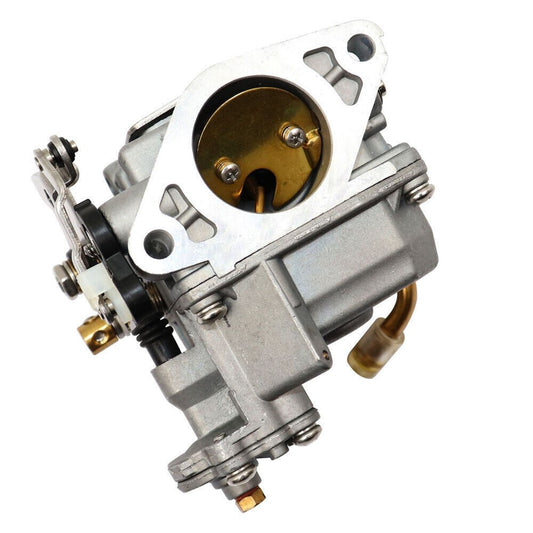
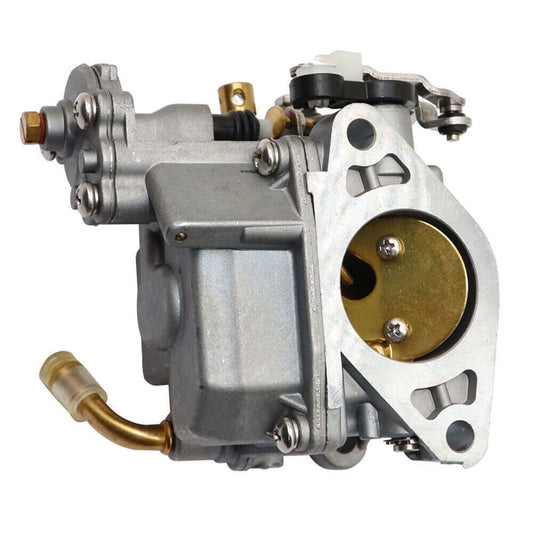
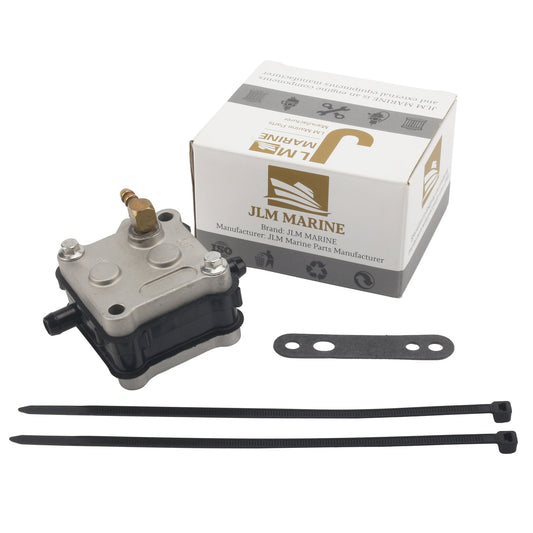
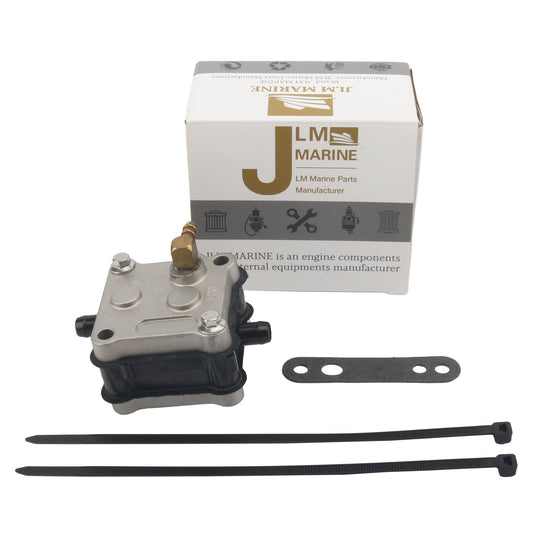
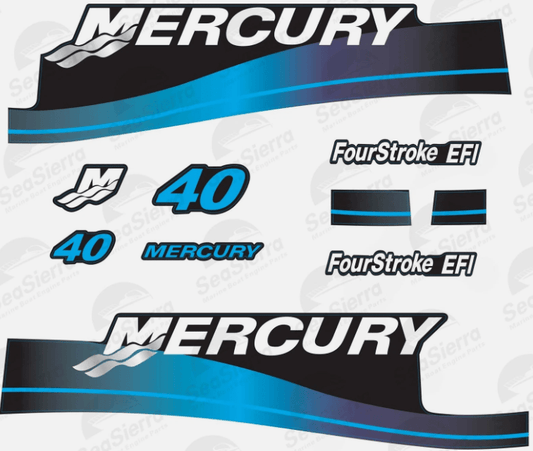
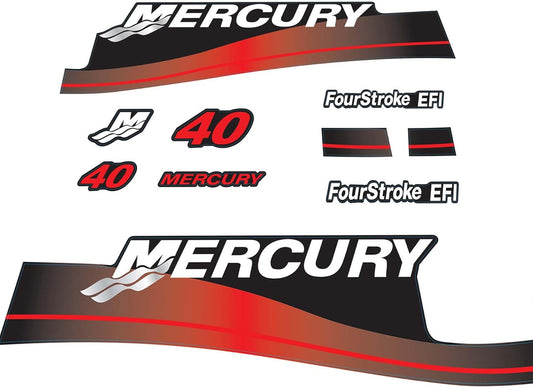

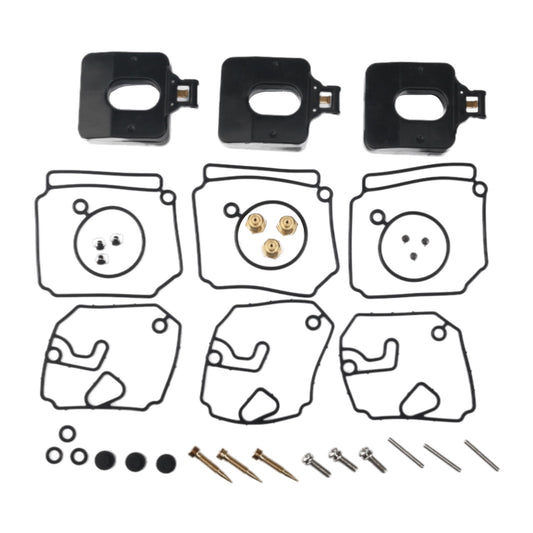
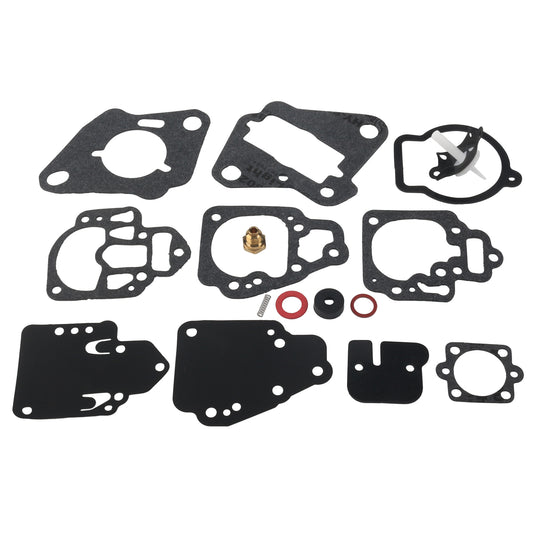
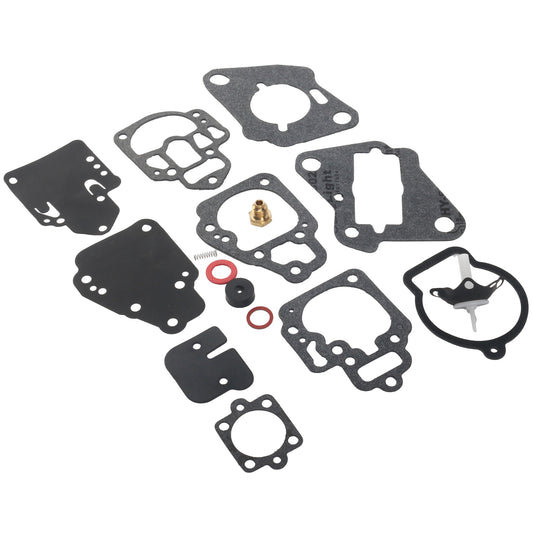
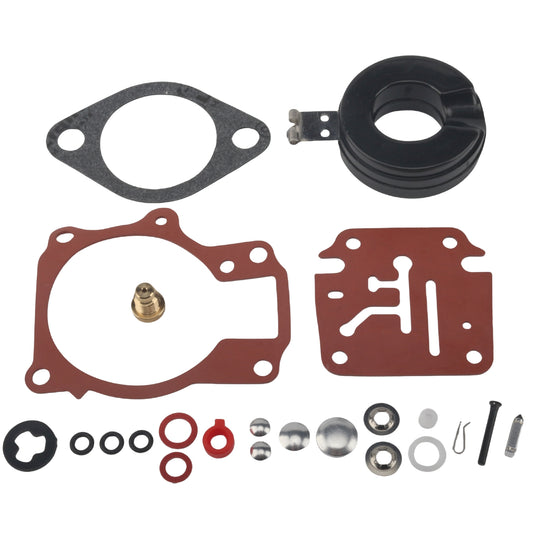
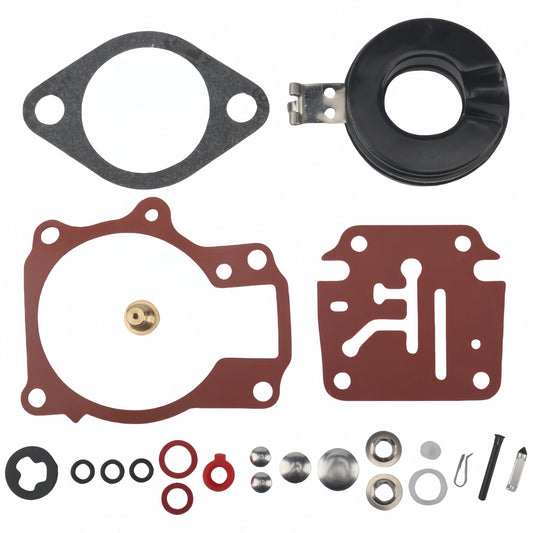
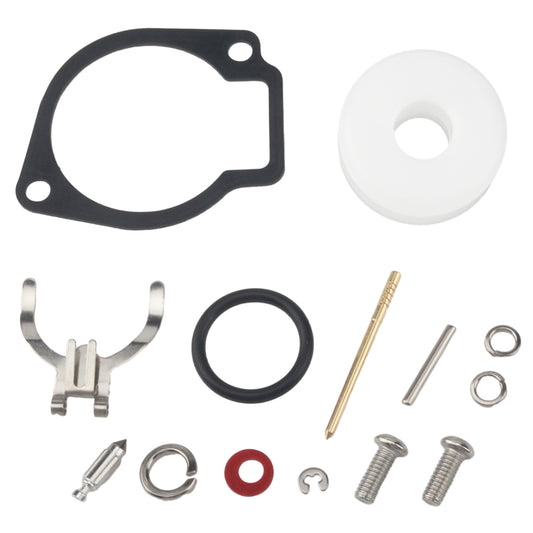
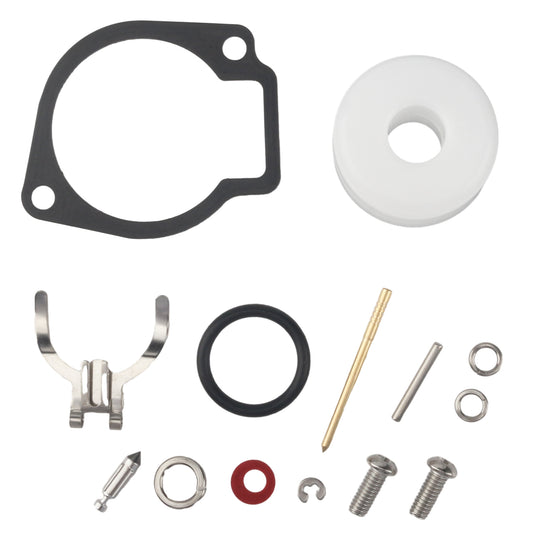
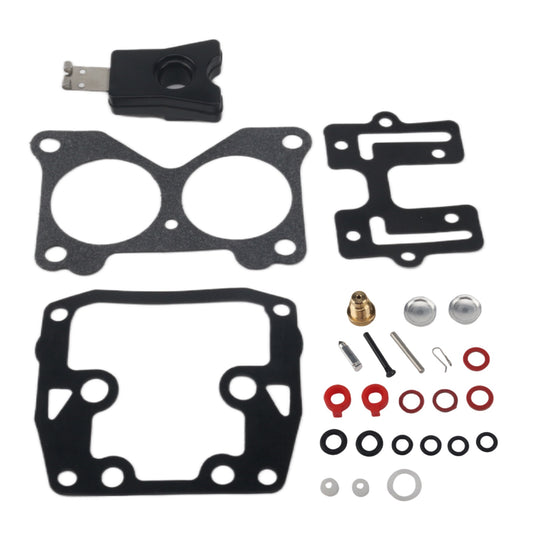
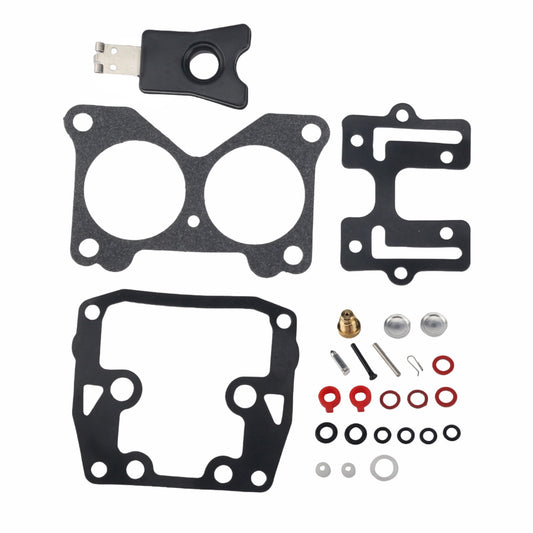
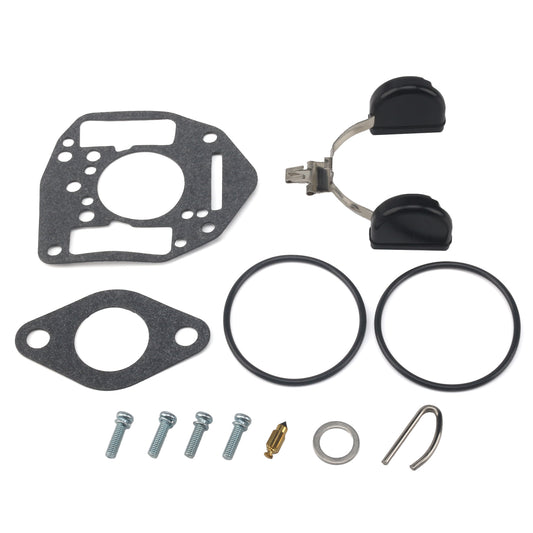
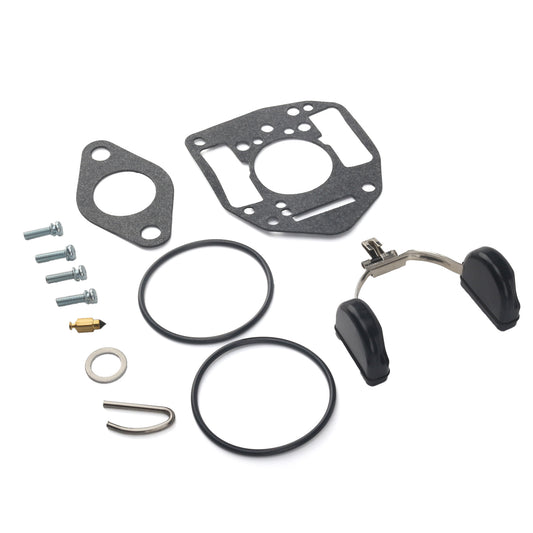
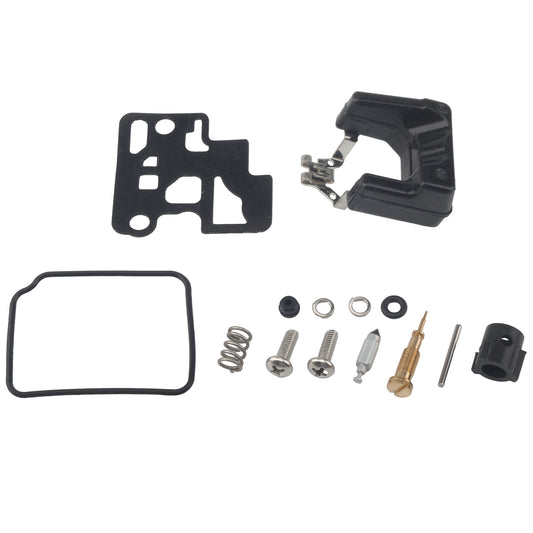
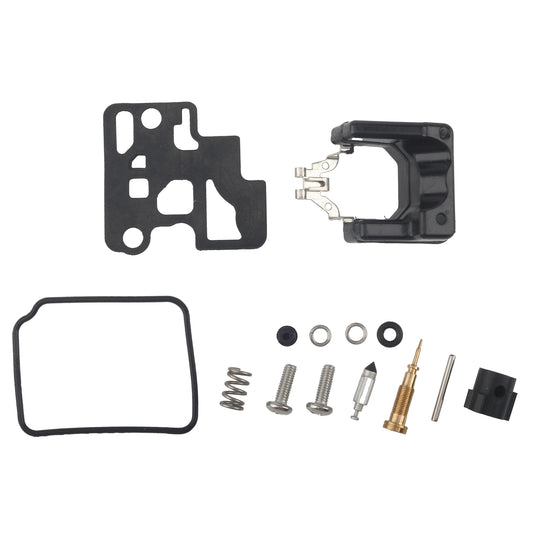
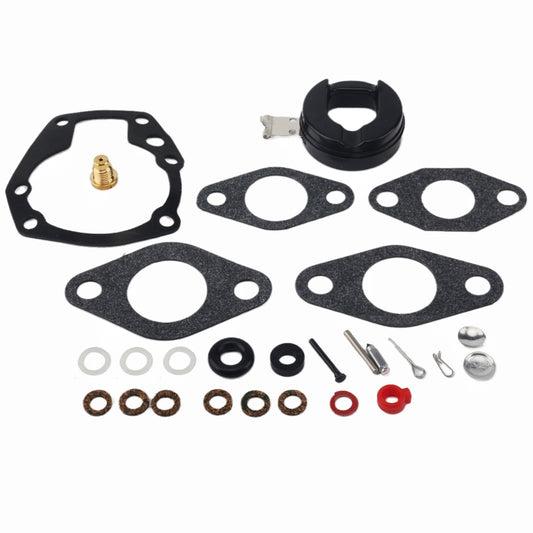
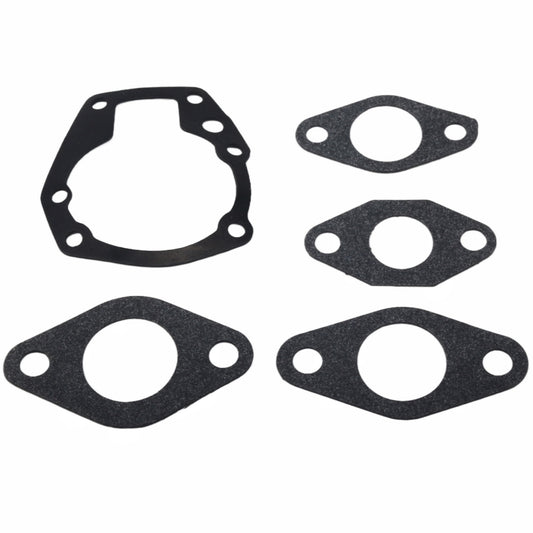
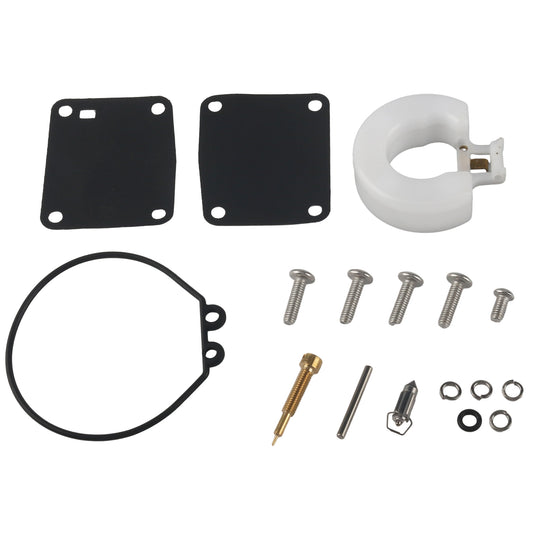


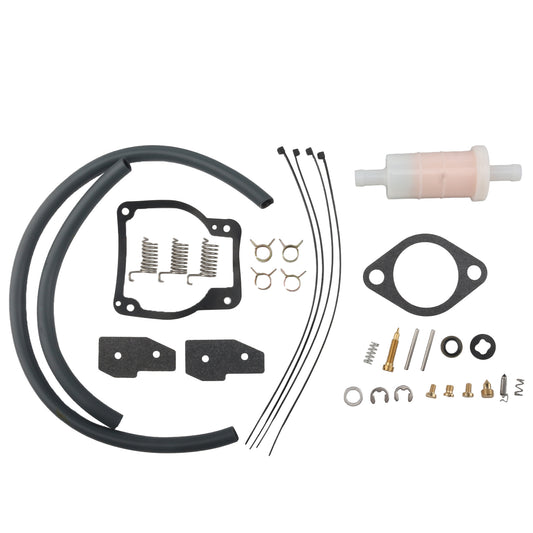
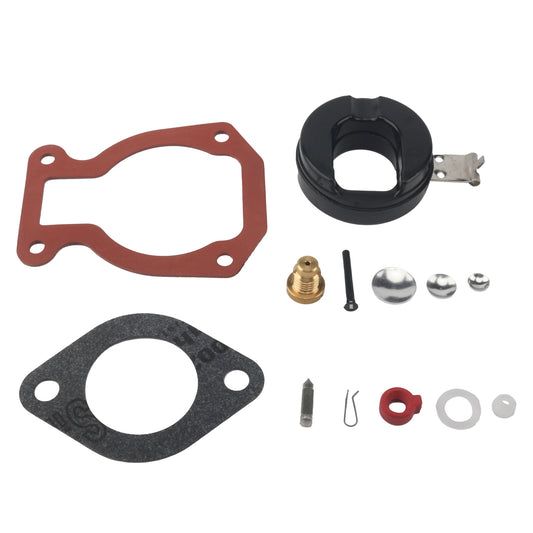
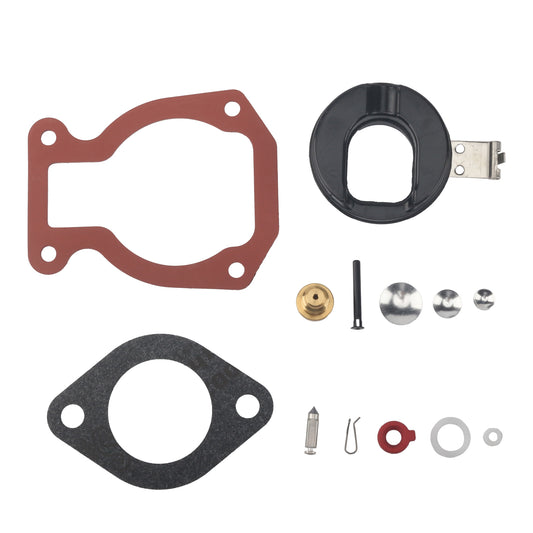
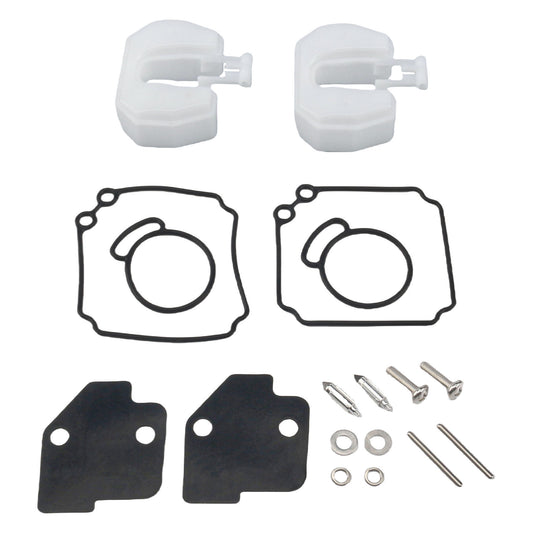
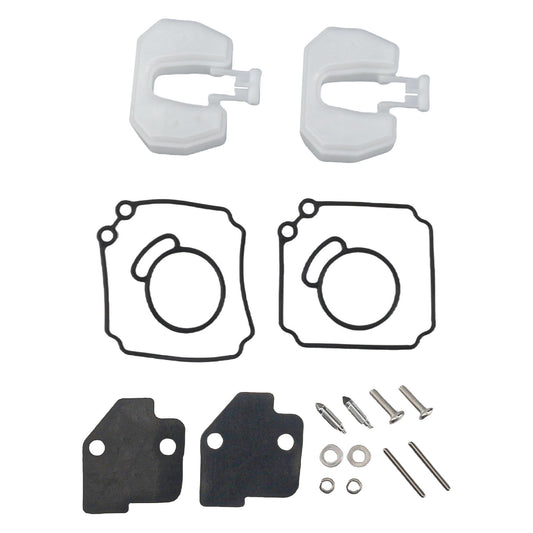


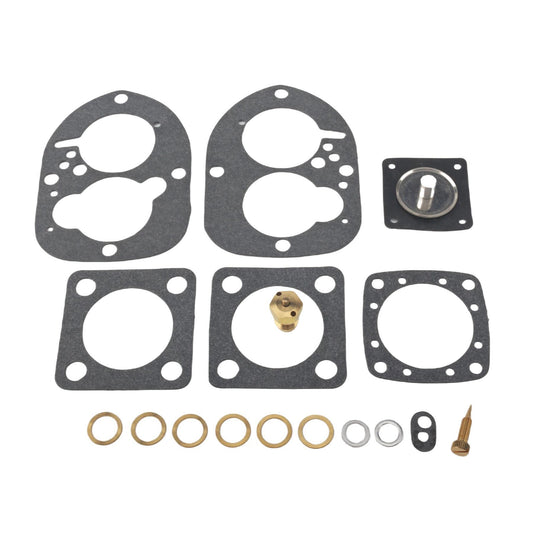
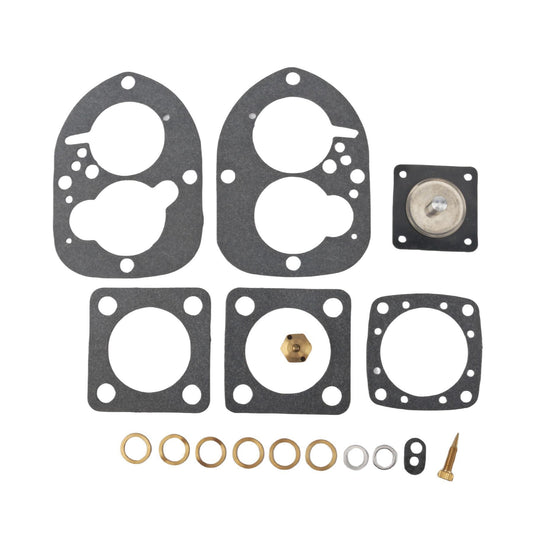
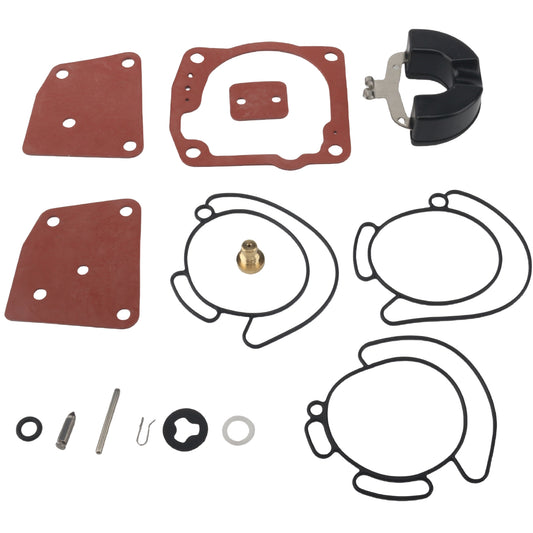

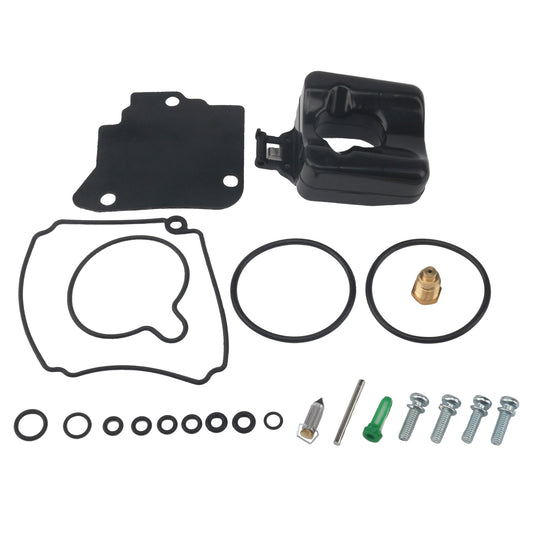
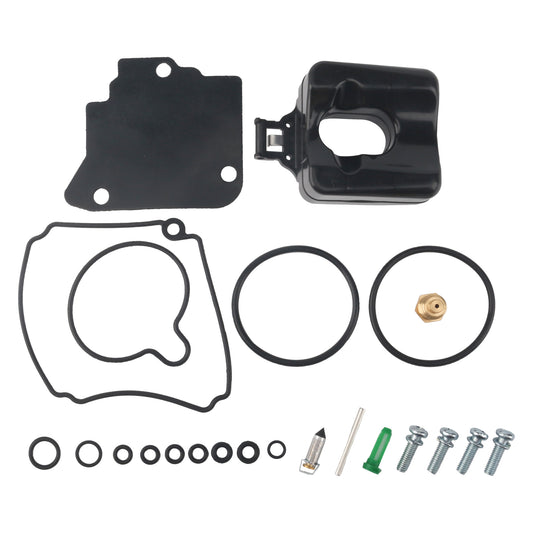
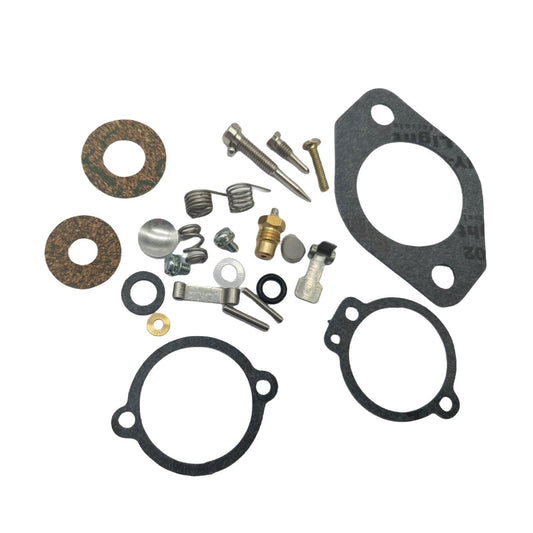
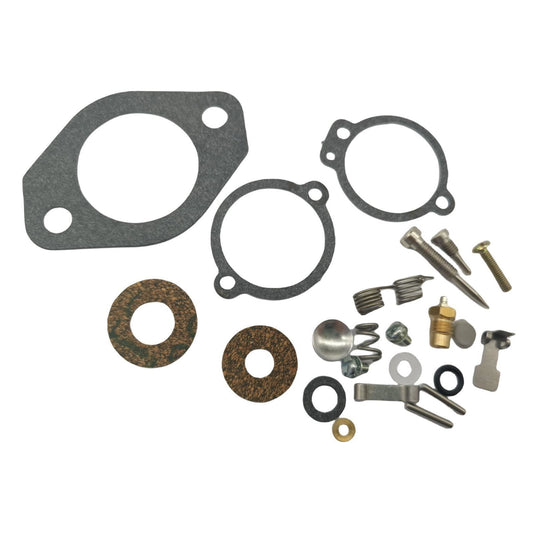
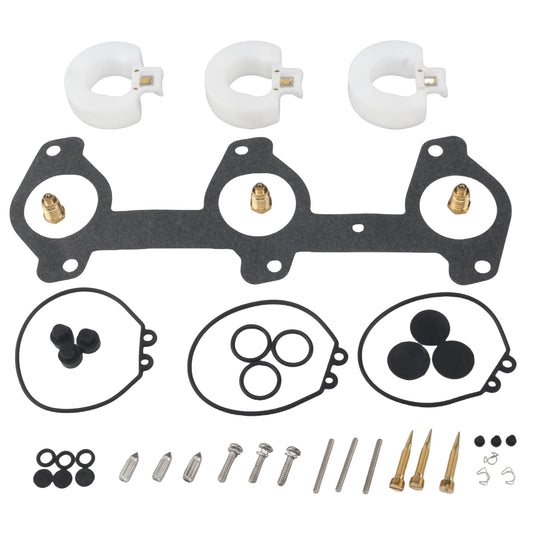


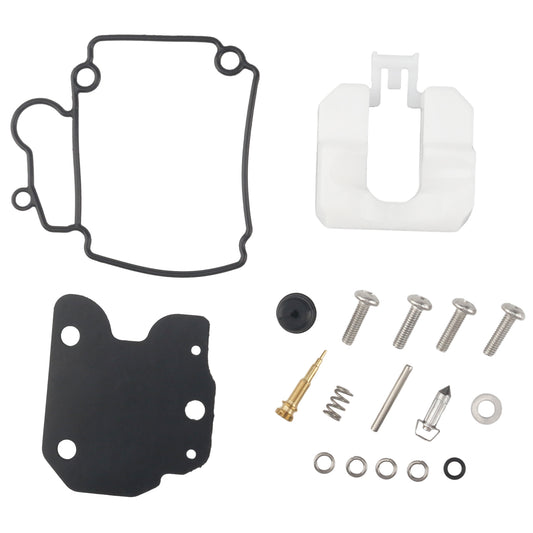

1 comment
Carbs getting to much fuel. this is a 1989 2 stroke suzuki 150 super six with only 250 houres on it and never in salt water have this boat on a lake I think its a flote problem
Leave a comment
Please note, comments need to be approved before they are published.